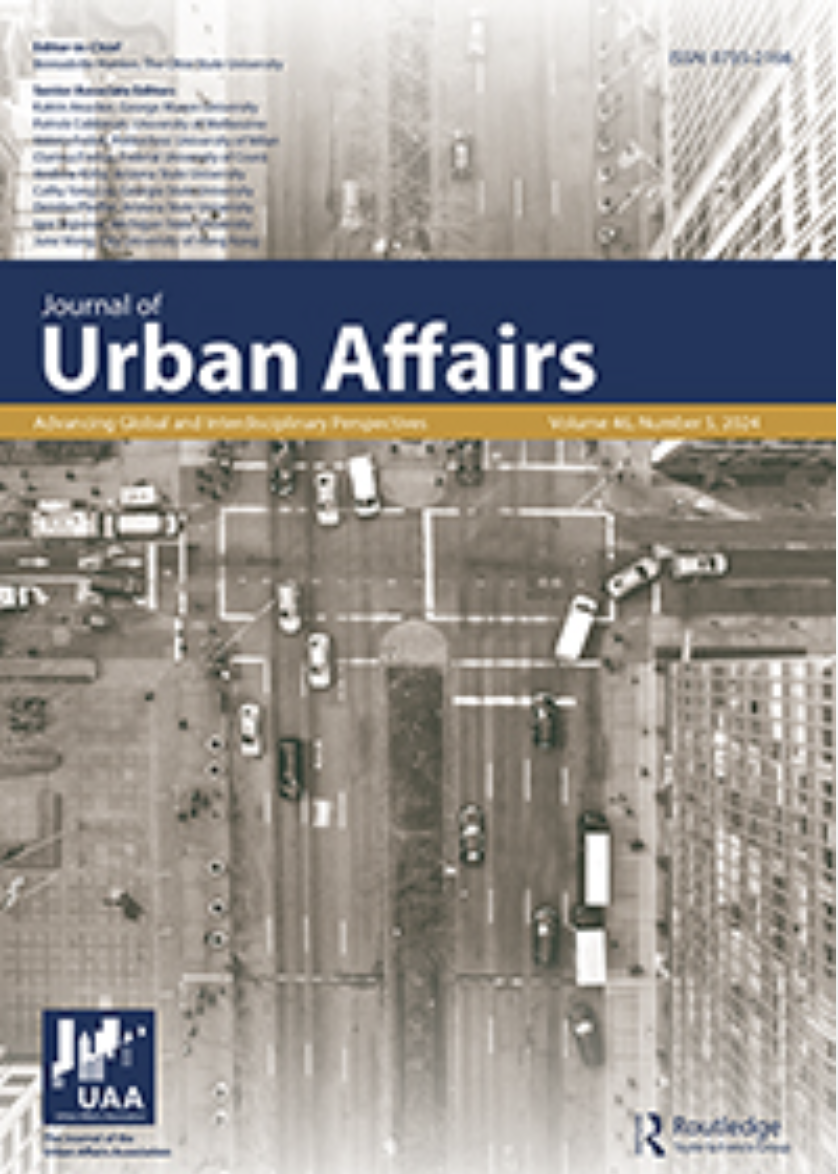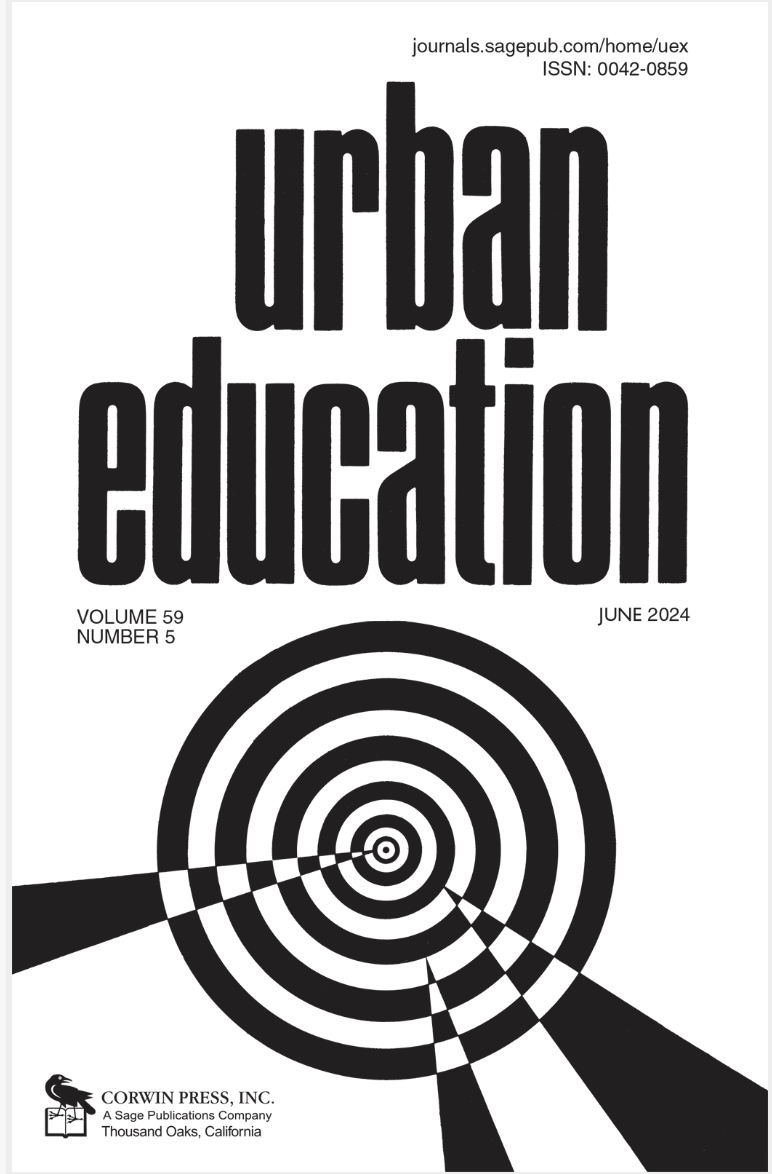Economic Justice and Public Education
Despite increasing attention to racial and social equity, “trickle-down” theories continue to predominate within economic development. Shifting this focus requires greater democratic involvement. This area of my research attempts to do just that: fostering broader civic participation in economic development, toward the goal of development policies that operate transparently, close wealth gaps, and support funding for public education.
This talk considers the current dynamics of tax breaks like tax abatement and TIF in the City of St. Louis. Who benefits from these “incentives,” what are some recent changes that have been made, and how could these tools be used to foster more equitable development?
Who Benefits from Tax Breaks in St. Louis?
St. Louis’s “Team TIF”: A community–academic partnership for tax incentive reform
Tax increment financing (TIF) and other development incentives have become American cities’ primary means of encouraging local economic development. However, these incentives typically receive less oversight than traditional government spending, potentially leaving them open to corruption and abuse. This article presents a case study of “Team TIF,” a novel community–academic partnership focused on government transparency and racial equity in the use of TIF and other incentives. We begin by describing TIF and tax abatement in the St. Louis context, including specific examples of their misuse. We then present the online and offline strategies that Team TIF has used to educate the public on this issue. We close with a discussion of possible local and state-level reforms.
Hypermobility and Educational Outcomes: The Case of St. Louis
The school mobility rate in St. Louis Public Schools was 40% in 2011-2012, meaning that nearly half of students exited or entered a given school midway through the school year. This alarmingly high rate of churning across schools is accompanied by high neighborhood turnover, particularly within low-income, urban neighborhoods. This constant, disruptive change presents a serious and fundamental challenge for urban education. In this article, we summarize the literature linking mobility to educational outcomes, examine the causes of hypermobility in the case study of St. Louis, describe some of the current approaches to this challenge, and propose additional policy and program solutions.
See curriculum vitae for more.


